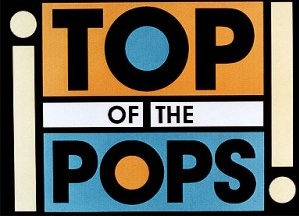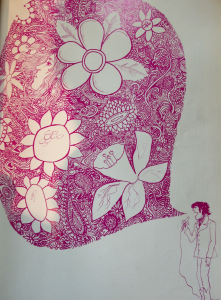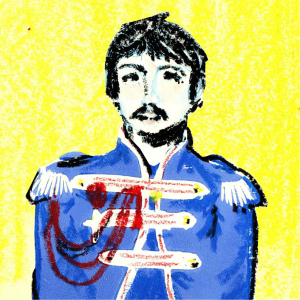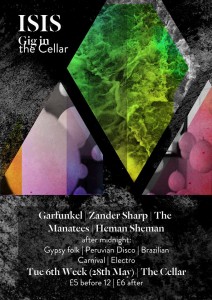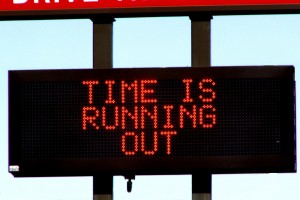Back in the USSR
by Albert Genower | May 24, 2024

Kolya Vasin, one week before his death (Courtesy of Igor Vereshchagin)
I used to think I loved the Beatles, until I heard about Kolya Vasin. Only then did I see what loving the Beatles really means. For an essay competition a number of years ago, I wrote on how the Beatles’ influence had ripped a small hole in the Iron Curtain and allowed young Soviets to partake in the largest fanaticism ever surrounding a pop music act. I lost the competition, but in my research process I came across Kolya Vasin, Russia’s ‘No. 1 Beatles Fan’. Kolya campaigned for a series of off the wall Beatles tributes, such as petitioning the local government to rename his hometown of Leningrad to ‘Lennongrad’. When he died in 2018, he was working on perhaps his most ambitious project: the John Lennon Rock ‘n’ Roll Temple. Envisioning a 200-foot shrine on the coast of the Gulf of Finland, Kolya wanted messages of peace and love broadcast across the shoreline, and a full-sized yellow submarine floating on the edge of the Baltic. Though this was his most ambitious project, he is perhaps best known for his collection of over 11,000 items of Beatles memorabilia, which today is preserved in the Kolya Vasin Beatles Museum in Russia’s second city, St. Petersburg.

Collection of Beatles memorabilia in the Kolya Vasin, Beatles Museum, St. Petersburg.
I speak to Polly and Julia from the museum, the former working there full-time as its manager, and the latter volunteering a few days a week as a tour guide. Being the guide, Julia does most of the talking. The space is crammed with every conceivable kind of Beatles paraphernalia: LPs, books, paintings, toys, clothes, cassettes, and a truly astounding amount of sculptures. Kolya’s job, beyond being a full-time, self-described “Beatlesologist” was as a ceramic artist, and there are ceramic models of guitars, basses, the band themselves, and mugs plastered with lyrics. It is a truly breathtaking amount of stuff. The armchair in which Kolya sits in the photograph above now contains his portrait, a tribute to the man whose unbounding Beatlemania created this kaleidoscopic mass of collectables.

Yellow Submarine collection in the museum.
Julia’s parents were friends with Kolya and fellow Beatles enthusiasts, so she grew up with him being around. Her own name was taken from that of John Lennon’s mother, Julia (also the title of a 1968 Beatles song). I ask what sort of man Kolya was. She gazes off into the distance and laughs to herself. “Ah… well, he was really adorable. A charming, very big man. He was so in love with what he was doing. The main thing in this museum is the atmosphere that was once created by Kolya.” She looks almost lost for words describing her affection for such a plainly eccentric and loving man. “He knew how to be happy, and he was in love with music. He dedicated himself to the things that he loved. All you need is love.” As she says this, she beckons to a coat of arms behind her bearing the iconic lyric. “Love is the main thing we have in this life. Everything we do and see without love is not worth doing, not worth seeing.”

‘All You Need Is Love’ coat of arms in the museum
Julia shows me a number of books made by Kolya—all fairly bulky volumes, each chronicling a different year of the Beatles’ career, all handmade by him. The pride of the collection is a huge tome entitled The Life of John Lennon, sticking out for its sheer size on a bookshelf already overflowing with massive, handcrafted works. It looks a little tattered now (hence an ongoing digitising project), but it retains a great deal of its beauty. The spine of the book is adorned with a striking red heart, within it inscribed ‘JL’. It weighs thirteen kilograms. I doubt even John Lennon knew that much about John Lennon.
Of the four Beatles and assortment of surrounding characters, John was Kolya’s favourite. He was, as Julia put it, “very much in love with John Lennon.” Of course, The Life of John Lennon should not have a happy ending. It’s a story we all know: gunned down by a deranged ‘fan’, a life cut tragically short on that fateful day in December 1980. But Kolya did not live in reality, he lived in his own magical mystery world of peace and love, and in Kolya’s Life of John Lennon, he was not really killed on the steps of his apartment but moved to a deserted island off the coast of Italy, living out his days peacefully, simply tired of the fame. December 8th 1980 was a date forbidden from being mentioned in Kolya’s presence. He didn’t want to believe that John was gone, and so he didn’t.
On the museum’s website, a list of musicians that had visited the museum caught my eye. One name in particular, Boris Grebenshchikov, stood out. Grebenshchikov, the ‘founding father’ of Russian rock and frontman and sole constant member of influential St. Petersburg outfit Akvarium (Aquarium), counted himself amongst Kolya’s friends. Kolya, though not a musician himself, acted as something of an impresario for small acoustic concerts in his apartment and later the Leningrad Rock Club. Grebenshchikov was involved in this scene, and later would make it to the United States, with David Letterman calling him the “first Soviet international rockstar” on Late Night with David Letterman. In our brief exchange, I ask Grebenshchikov about Kolya, to which he says: “the Beatles were the air he breathed.”
The Beatles themselves caught wind of Kolya’s obsession from the other side of the Iron Curtain at various points throughout their individual careers. Kolya had wanted to wish John Lennon a happy 30th birthday in 1970 but didn’t know how to. No Soviet citizen had ever spoken to him before. On a whim, he sent a telegram to Abbey Road, through several strokes of luck it ended up in the hands of John and Yoko. The last line of the telegram reads “your music is in my heart always and forever / Beatles forever / little walrus Koyla Vasin.” As a token of their appreciation, the couple sent a signed copy of John Lennon/Plastic Ono Band in return. Kolya is believed to have been the only person from the Soviet Union to ever have any correspondence with John Lennon.
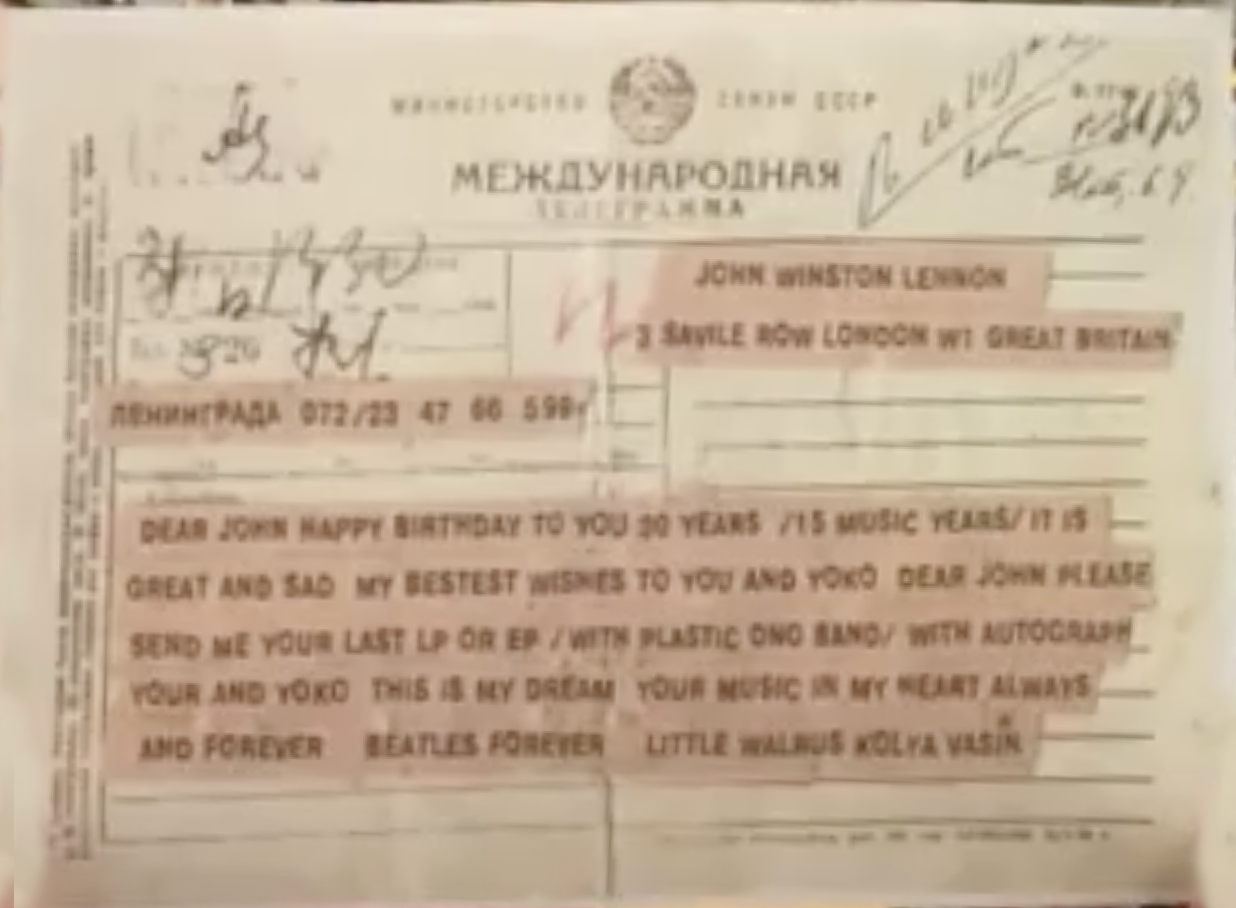
Telegram from Kolya Vasin to John Lennon.
Though he never met John, Kolya did meet the other half of the partnership, Paul McCartney. On a tour of Russia in 2003, Paul and Kolya met in St. Petersburg’s famous Menshikov Palace. “It’s a great picture. What I love most is that both are smiling.” Julia’s voice tinged with pride, “Paul called him a ‘great man’, so Kolya was very much pleased.” Kolya was given tickets by Paul to attend his show in Moscow, which Julia also attended. She looks away in recollection for a moment, before simply saying “it was great”.
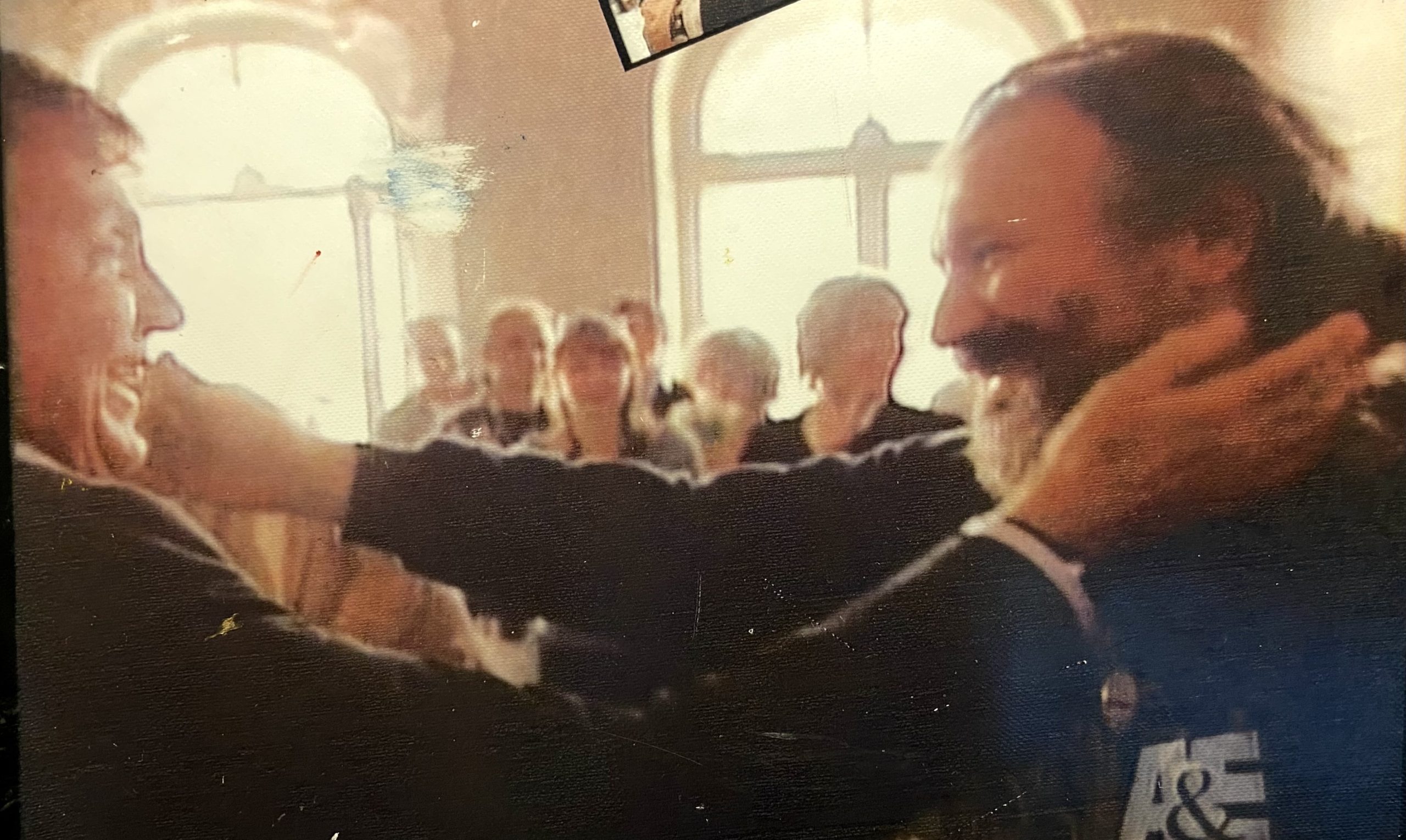
Kolya Vasin meets Paul McCartney, 2003.
The overriding impression of Kolya I got from Julia was of a man who loved deeply and loved music deeply. He didn’t even have a favourite Beatles song—it would simply depend upon his mood (though Julia remembers him singing All My Loving and I’m Only Sleeping especially often). One doesn’t have to petition their government to rename their local town after a band to demonstrate their appreciation of the music (and besides, I can’t think of any good Radiohead-Oxford puns), but there was something so beautiful in hearing of a man so profoundly captivated by the chords, melodies, and rhythms of men who he otherwise had such little culturally in common with, and so loved by others for it. I suppose that is what the Beatles were all about. As goes the last sentence that the Beatles ever put to tape together:
In the end
The love you take
Is equal to the love you make∎
Words by Albert Genower. 2017 photograph of Kolya Vasin courtesy of Igor Vereshchagin, all other photos courtesy of the Kolya Vasin Beatles Museum.
